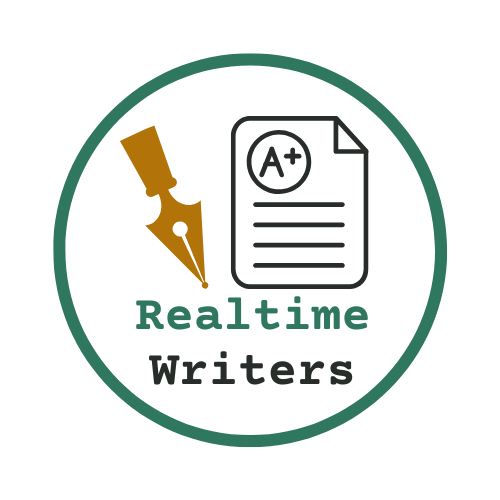Depression: how the treatment has changed over time.
Format: Double space; include heading on the first page (top left); place shortened title and page number in the header of every page (top right); see Format Instructions Title: Include an informative, interesting, provocative and/or creative title The Literature Review consists of an introduction, summary of scholarly sources, a discussion and evaluation of the sources (including disputes and disagreements), and a conclusion in which you put forth your own potential original research questions that will contribute something new to the available understanding on the topic. A minimum of five scholarly sources (not the same ones you used in the Background Essay) are required for this essay. These can be either academic peer-reviewed journal articles from a database such as Academic Search Premier or a chapter from a scholarly book. The Literature Review in the Research Process A literature review is a section of a final research report, and can also be a stand-alone essay; both are required for your topic in this class. “Literature” refers to the scholarly writing, published (original) research study results, and other important analyses on a particular aspect of a topic. So you are not going to write an essay on a Shakespearean play or some other literary text. A scholarly literature review is part of any final research study or report since it demonstrates that you are familiar with what other other scholars have already studied and published on your subject, and allows you then to map out what new arena or question you would like to pursue. There is, after all, no point in reinventing the wheel, i.e., undertaking a study that someone else has already done or trying to answer a question that has already been adequately explored. And there’s also no point in reaching your own interpretive conclusions without taking into account what others have already studied and argued. You would lack credibility and appear naive and uninformed if your analysis has already been convincingly put forth or refuted. The purpose of a literature review is fourfold: The first is to summarize and assess the state of existing knowledge on your narrowed topic. What knowledge exists and is generally accepted with regard to your topic? Are there important differences or disagreements among scholars? Are there significant problems or limitations with any of the research studies? Which research methods were employed in the various research studies, which were not, and with what consequences? What questions remain unanswered? What aspects or approaches seem relatively unexplored? Through the process of reviewing existing knowledge you will also develop a more nuanced understanding of your topic, the second reason for conducting a literature review. This new understanding leads to the third reason, toraise questions for further research. In other words, what are you left wondering? What questions or aspects of the issue do you find have been unanswered, underexplored or overlooked? How would our understanding be improved by pursuing those questions or angles? At the end of this process, you will hopefully find that you can identify several potential research questions. The final purpose of the literature review, based on the sources that have been assessed and the new questions that have been raised, is to identify one specific and significant research question that identifies a gap in the current state of knowledge or analysis about your topic. This research question will drive your research from this point forward as you build towards the Final Research Article, in which you present an argument that attempts to answer your own research question.

Leave a Reply
Want to join the discussion?Feel free to contribute!